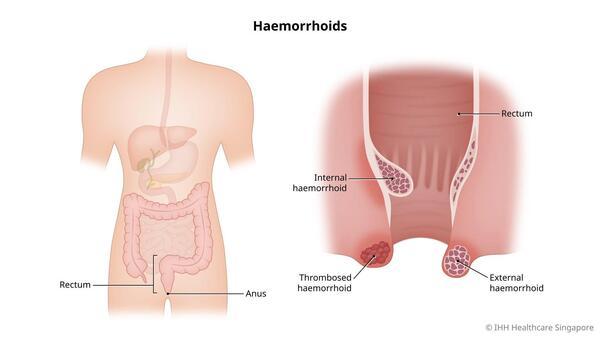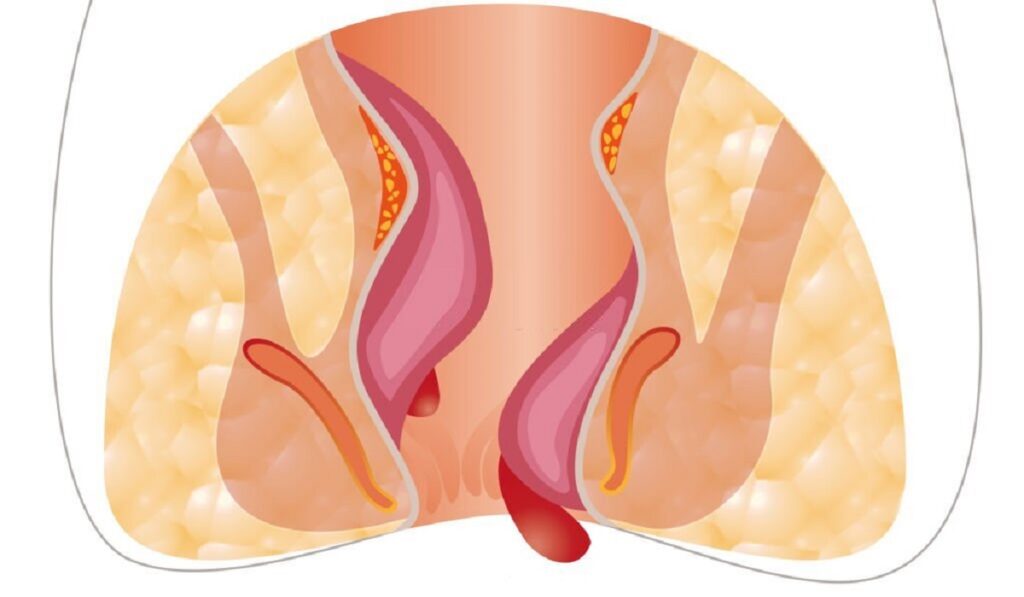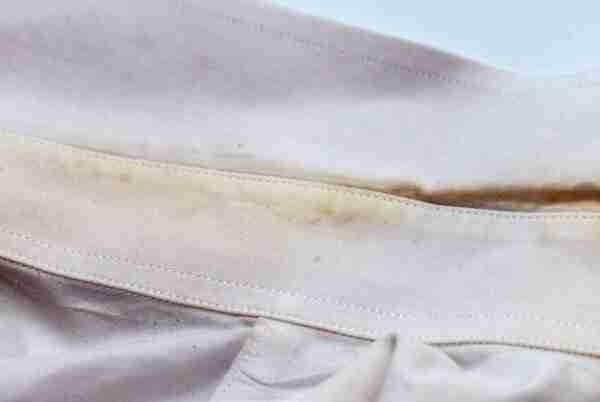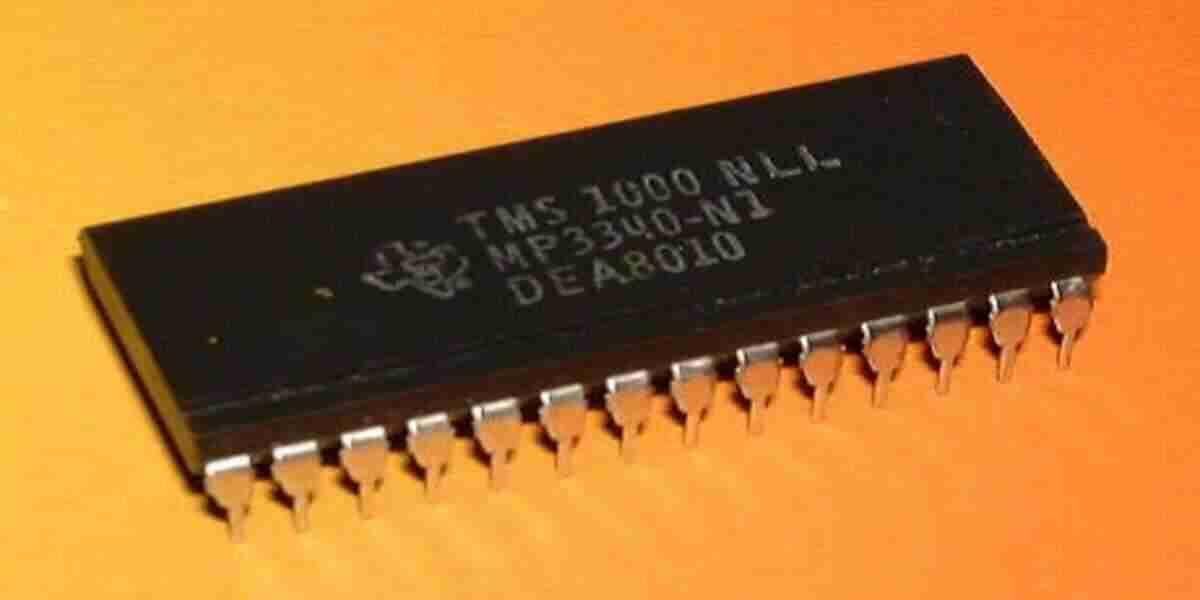Why do piles or hemorrhoids occur? Find out the remedy for it

Piles is a well-known disease among various diseases of the rectum . It is a very uncomfortable and painful disease. Piles or hemorrhoids are called "hemorrhoids" in the language of medical science. In this disease, the blood vessels at the bottom of the anus become swollen and inflamed and later descend downwards along with the lining or membrane of the anus. As a result, discomfort, itching, pain and blood vessels can burst during defecation and cause bleeding. This disease is more common in those who are over 50 years of age. Today we will learn in detail about piles or hemorrhoids.
Types of piles
Piles are mainly of two types-
Internal piles or hemorrhoids
Piles in the traditional sense refer to internal piles. They start from the inside of the anus. The main symptoms of this type of piles are bleeding from the anus and rectal discharge during defecation. These types of piles are usually painless. If internal piles protrude through the anus and cannot be inserted or if complications such as infection develop, then pain may occur. They are classified from grade I to grade IV based on severity.
- Grade I - Small swelling in the inner lining of the rectum that cannot be seen or felt.
- Grade II - It is slightly larger in size and comes out during bowel movements and goes back in on its own.
- In Grade III, the lining of the rectum protrudes like a lump of flesh during defecation and has to be pushed back in with the hand.
- In Grade IV, the rectum protrudes and cannot be pushed back in. Surgery is required.
External piles
Apart from this, there is a type of piles that occurs at the mouth and outside of the anus, which is called external piles. It is usually painful. It feels like a small hard lump at the mouth of the anus. Sometimes it can burst and bleed.
Symptoms
- Bright red blood passing through the rectum (during or in addition to bowel movements)
- Swelling of the anal canal and mucus secretion can cause itching and irritation of the skin around the anus.
- There may be pain and discomfort in the anus.
- There may be swelling around the anus.
- May feel like a small lump or wheel of flesh near the anus
Methods for diagnosing piles
Piles/hemorrhoids are usually diagnosed through a physical exam. Doctors use a digital rectal examination (DRE) to look inside the anus to determine the type of hemorrhoid.
What causes piles?
Excessive pressure in the lower part of the rectum can put pressure on the blood vessels and cause them to swell. Later, the veins may burst and bleed during bowel movements. Causes of this include:
- Excessive straining during bowel movements
- Suffering from constipation for a long time
- Sitting on the toilet for a long time
- Eating less fiber
- Drinking less water
- Excess weight, which can put pressure on the veins around the anus
- Pregnancy
- Carrying heavy luggage
- Old age
- Chronic diarrhea
All these factors reduce the resistance of the rectal veins. As a result, the veins dilate and the vein walls become thin, leading to bleeding during defecation.
Treatment
1) Home remedies: Eat more fiber-rich foods like fruits and vegetables to soften the stool and make it easier to pass stool. An adult needs to consume 25-30 grams of fiber-rich foods every day . Drink enough water regularly. Water helps relieve constipation and reduces the risk of piles. Regular exercise reduces pressure on the veins and helps prevent constipation. Also, sitting in warm water for 10-15 minutes 2-3 times a day provides some relief.
2) Medication: Using hydrocortisone ointments, creams, or suppositories can temporarily relieve pain, itching, and swelling. Oral medications can also provide some relief. However, these are all temporary relief measures, not long-term solutions.
3) Surgery: There are several methods of treating piles or hemorrhoids through surgery, such as:
Rubber band ligation - In this procedure, a small rubber band is placed at the base of the internal piles, which cuts off the blood supply to them and causes them to shrink and fall off.
Sclerotherapy - In this method, a type of chemical solution is injected to shrink hemorrhoids.
Laser coagulation - Hemorrhoid tissue is burned using laser beams.
Hemorrhoidectomy - This procedure usually involves surgical removal of large hemorrhoid tissue.
Stapled hemorrhoidopexy or Longo – This procedure uses a special stapling device to remove hemorrhoid tissue and replace the tissue that has descended.
Complications of piles or hemorrhoids
This problem is not life-threatening, but if not treated on time, it can lead to various complications, including anemia and infection.

Piles or hemorrhoids are very common problems, but they can be a source of pain and discomfort. This problem can be permanently eliminated through lifestyle changes, home remedies, and proper treatment. However, if you experience symptoms of piles, you should definitely seek medical attention because sometimes the cause of bleeding can be other serious diseases besides piles. So, if you experience any of these symptoms, do not hesitate to consult a doctor immediately.







